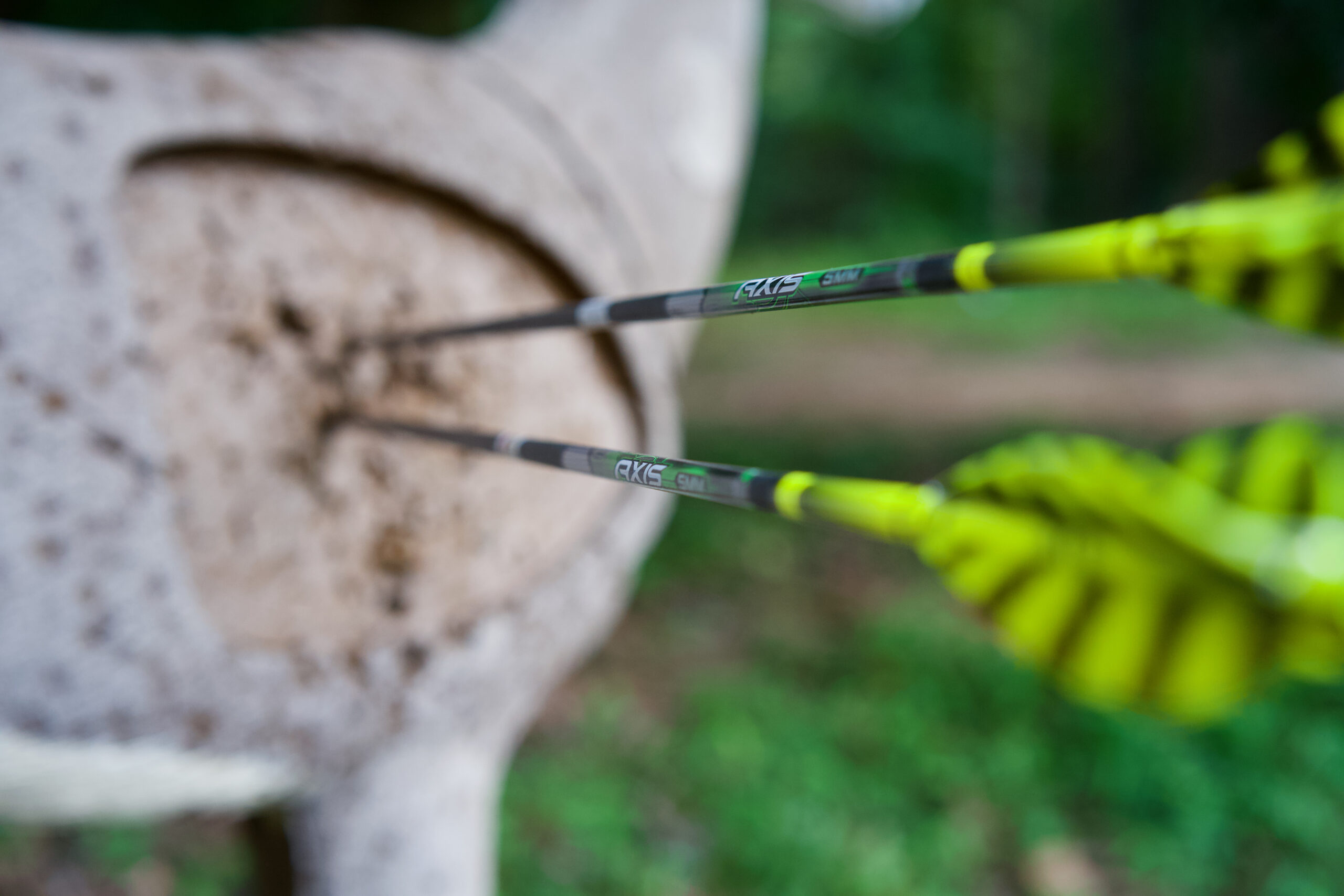We may earn revenue from the products available on this page and participate in affiliate programs. Learn more ›
Anglers have three options when it comes to fishing line: braid, monofilament, or fluorocarbon. Over the last couple of decades, braid has become more popular for a variety of reasons, like strength, sensitivity, and casting distance. These tightly woven strands of synthetic fibers make for excellent fishing line in both fresh and saltwater environments. However, there are specific scenarios where braid outshines the other types of fishing line, and times when mono or fluoro are the better options. Below is a guide on how to fish braid, when to fish braid, and the pros and cons of this new industry standard.

What is Braid?
Braided fishing lines date back to the origins of modern fishing tackle. It was first made by braiding natural materials like silk or horse tails together to make a line capable of fighting fish. Modern braids have come a long way from natural materials, incorporating extremely durable materials like Dyneema, Dacron, and polyethylene fibers. Several long pieces of these materials are woven together to make a braided line, hence the name. Depending on the brand, this can be one material or a mixture of materials to optimize performance in particular scenarios.
The Benefits of Fishing Braid
Braid has become the go-to for both fresh and saltwater fishing. That said, there are specific scenarios and tasks when braid outperforms other types of line. Below are the biggest benefits and drawbacks of fishing braid. Learn how braid can help in a particular fishing situation and when it’s time to put it down. Let’s start with the pros:
Sensitivity
Braid is the most sensitive fishing line available for detecting subtle strikes. This is mostly due to the line’s lack of stretch. With no give from the rod tip to the bait, all vibrations are transferred directly to the angler’s hand. This is especially beneficial when fishing finesse baits and plastics, like dropshot and ned rigs. In these situations, anglers should use straight braid to feel the most subtle takes.
Abrasion Resistance
In areas with a lot of sharp objects, like mussels or sharp rocks, braid under tension will cut easily. However, if your line is rubbing against a non-sharp object, like a pylon, it offers exceptional abrasion resistance. For hard-fighting fish around the structure, this can mean the difference between landing and losing a fish. On a recent snook fishing trip, an over-slot fish ran under the boat. In the chaos, I watched my braid rub against the entire length of a metal cable wire. To my delight, the braid held strong, and I landed the fish. After examination, the line showed no signs of damage against the steel wire, whereas mono would break almost immediately.
Line Capacity
Braid gets its strength from pieces of line woven together. As a result, the end product offers exceptional strength with a significant reduction in diameter. This means anglers can spool more braid and get the same break strength as monofilament of fluorocarbon lines. In scenarios with powerful fish, like tarpon, this increased line capacity is crucial to withstand long runs, preventing reels from quickly spooling.
Casting Distance
Modern braided lines are slick with thin diameters. This translates to further casting distance. With minimal resistance against rod guides, anglers see a notable increase in casting distance compared to traditional lines. For applications where distance is everything, like surf casting, braid is a no-brainer.

The Drawbacks of Fishing Braid
While braid is an excellent all-around fishing line, it isn’t perfect for every situation. Here are some of the disadvantages of fishing with braided line.
Lack of Stretch
While the lack of stretch contributes to the braid’s sensitivity, it can also be its downfall for particular scenarios. For new anglers, knowing how much pressure you can put on a fish can be challenging and braid has zero give. This can result in breaking off fish. Additionally, certain techniques need some stretch in the line to keep fish hooked. Anglers fishing moving baits with treble hooks like crankbaits should opt for mono or fluoro. These lines have more forgiveness when fish make runs. Braided lines will often pull treble hooks out due to their lack of stretch.
Tangles
Braid has a tendency to get tangled in a million different ways. The thin diameter, lack of stretch, and suppleness of braided line make tangles an inevitable part of the process. That said, if you’re willing to sacrifice a few extra minutes of untangling braid, the benefits outweigh this drawback.
Cost
Braided lines are typically twice the price of monofilament and significantly more expensive than fluorocarbon. However, braid’s longevity makes up for its cost. Braid is not harmed by UV, meaning anglers can expect a much longer lifespan than traditional lines, which, over time, wear out and lose their strength. Think of it as an investment up front that will benefit you in the long run.

How to Fish Braid
On the water, braid can be a valuable asset in an angler’s quiver of tools. Understanding how to fish braid is crucial to getting the most out of your setups. The first step is to figure out what pound test braid to use. For most freshwater and inshore anglers looking for an all-around setup, 15- to 20-pound braid is standard. This gives you ample line capacity on smaller setups and has a respectable break strength. However, there are certain scenarios that call for heavier braid. For instance, frog fishing for bass calls for heavier braid in the 40- to 60-pound class because of strong hooksets and lifting fish through thick vegetation.
Another instance of using heavier braid is for targeting large inshore species like tarpon. Tarpon are known for their powerful and long runs. The benefit of using braid is an increased line capacity to counter long runs and a thinner diameter line to cut through the water with minimal resistance. However, the sheer size and power of these fish require at least a 40-pound braid to fight and get them to the boat in a reasonable amount of time.
How to Rig Braid
Once you’ve spooled up the reel and are ready to hit the water, rigging is the next step. For most situations, braid requires a leader. A section of fluorocarbon leader adds incredible abrasion resistance, allowing anglers to fish light braid with added strength. For snook, I fish 20-pound braid to a 40-pound fluorocarbon leader. This offers exceptional abrasion resistance from a snook’s sandpaper-like mouth. Leaders also make your setup less detectable to fish. While braid has plenty of benefits, disappearing in the water is not one of them. Fluro and mono leaders keep the section closest to the lure hidden from fish.
Knots
While there are plenty of knots to join two lines together, the slickness of braid means some knots work better than others. Knots like the Albright, Uni to Uni, and FG are all great options for joining braid to leader. My preferred knot is the GT knot. While a little tricky to learn, it goes through guides with ease and has an incredible break strength, almost always breaking at the lure instead of the knot.
Spool Up With Braid
When fishing braid, it’s important to keep a tight line and pair it with a sensitive rod. The biggest benefit of braid is its ability to transmit vibrations. Matching this with the proper setup will dramatically increase the number of bites you feel. It can be used with soft plastics, swimbaits, live bait rigs, and more. If you aren’t already using braid, start now. It will change the way you fish.
Read the full article here




